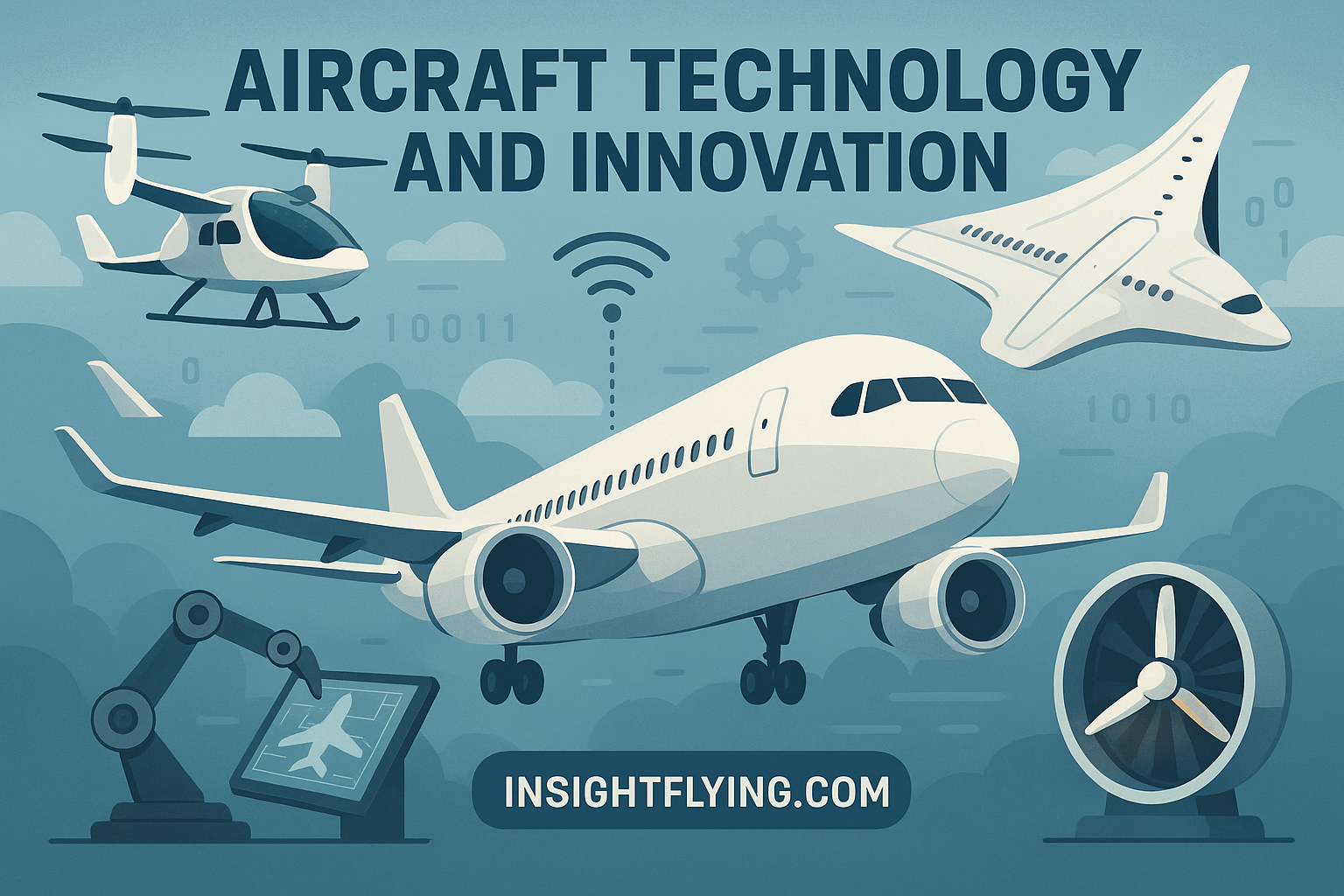Automation and Pilots: Friend or Foe?
ระบบอัตโนมัติ กับ นักบิน — มิตรหรือศัตรู?
In modern aviation, automation has become an inseparable part of flight operations. From the moment an aircraft leaves the gate until it reaches the destination, systems such as autopilot, autothrottle, and flight management computers handle most of the routine tasks that were once performed manually by pilots. These systems enhance safety, reduce workload, and make flight more efficient.
ในยุคการบินปัจจุบัน ระบบอัตโนมัติ (Automation) ได้กลายเป็นส่วนหนึ่งของการบินอย่างแยกไม่ออก ตั้งแต่เครื่องออกจากหลุมจอดจนถึงปลายทาง ระบบต่าง ๆ เช่น Autopilot, Autothrottle, และ Flight Management Computer (FMC) จะช่วยควบคุมงานจำนวนมากที่เดิมนักบินต้องทำเอง ระบบเหล่านี้ช่วยเพิ่มความปลอดภัย ลดภาระงาน และทำให้การบินมีประสิทธิภาพมากขึ้น
Can AI Replace Pilots?
AI จะมาแทนนักบินได้ไหม?
Artificial Intelligence (AI) has advanced rapidly, and the idea of pilotless aircraft is no longer science fiction. However, while AI can analyze, optimize, and even make some flight decisions, it lacks the one element that defines true airmanship — judgment under uncertainty. Human pilots possess intuition, adaptability, and emotional intelligence, especially in unexpected or ambiguous situations where data alone is not enough.
แม้เทคโนโลยี AI จะก้าวหน้าอย่างรวดเร็ว จนแนวคิด “เครื่องบินไร้นักบิน” ดูเหมือนจะไม่ไกลเกินจริงอีกต่อไป แต่ AI ยังไม่สามารถแทนสิ่งสำคัญที่สุดที่นิยามความเป็น “นักบิน” ได้ นั่นคือ การตัดสินใจในภาวะไม่แน่นอน (Judgment under Uncertainty) นักบินมนุษย์มีสัญชาตญาณ ความยืดหยุ่น และความเข้าใจทางอารมณ์ ซึ่งมีความสำคัญมากในสถานการณ์ที่ไม่สามารถอธิบายได้ด้วยข้อมูลเพียงอย่างเดียว
Why Good Pilots Don’t Overtrust the Machine
ทำไมนักบินที่ดีต้อง “ไม่เชื่อเครื่อง” จนเกินไป
Automation is designed to assist — not to think for the pilot. A good pilot uses automation as a tool, not as a crutch. Overreliance on automation can dull situational awareness and reduce manual flying skills. History has shown that when automation fails — such as in the cases of Air France 447 or Asiana 214 — pilots must take over immediately. Those who remain mentally engaged with the aircraft are the ones who can respond effectively.
ระบบอัตโนมัติถูกออกแบบมาเพื่อช่วย ไม่ใช่เพื่อ “คิดแทน” นักบิน นักบินที่ดีจะใช้ระบบเหล่านี้เป็นเครื่องมือ ไม่ใช่ที่พึ่งพาเกินจำเป็น เพราะเมื่อเชื่อเครื่องมากเกินไป ความสามารถในการรับรู้สถานการณ์ (Situational Awareness) และทักษะการบังคับเครื่องด้วยมือจะลดลงอย่างน่ากังวล ประวัติศาสตร์การบินได้พิสูจน์มาแล้วว่า เมื่อระบบล้มเหลว เช่น Air France 447 หรือ Asiana 214 ผู้ที่สามารถควบคุมสถานการณ์ได้ คือผู้ที่ “ยังอยู่กับเครื่อง” ไม่ใช่คนที่ปล่อยให้เครื่องทำงานแทน
The True Partnership: Man and Machine
พันธมิตรที่แท้จริงระหว่างมนุษย์กับเครื่อง
The future of aviation is not about choosing between humans and machines — it’s about combining their strengths. Automation provides precision, consistency, and efficiency; pilots bring judgment, empathy, and creativity. The safest skies will belong to those who can integrate both seamlessly, understanding that technology serves best when guided by human wisdom.
อนาคตของการบินไม่ได้อยู่ที่การเลือก “มนุษย์หรือเครื่องจักร” แต่อยู่ที่การผสมผสานจุดแข็งของทั้งคู่เข้าด้วยกัน ระบบอัตโนมัติมอบความแม่นยำ ความสม่ำเสมอ และประสิทธิภาพ ส่วนมนุษย์มอบการตัดสินใจ ความเข้าใจ และความคิดสร้างสรรค์ ท้องฟ้าที่ปลอดภัยที่สุดคือท้องฟ้าที่ “คนกับเครื่องทำงานร่วมกันได้อย่างกลมกลืน” ภายใต้การนำของสติและปัญญามนุษย์
Conclusion — สรุป
Automation is not a threat; it’s a tool. But tools are only as good as the hands that wield them. The best pilots of tomorrow will not be those who let the aircraft fly itself — but those who understand when to trust it, when to question it, and when to take control.
ระบบอัตโนมัติไม่ใช่ศัตรู แต่คือเครื่องมือที่ทรงพลัง และเครื่องมือนั้นจะมีค่าก็ต่อเมื่ออยู่ในมือของคนที่รู้จักใช้ “นักบินที่ดีที่สุดในอนาคต” ไม่ใช่คนที่ปล่อยให้เครื่องบินบินเอง แต่คือคนที่รู้ว่าเมื่อไหร่ควรเชื่อ เมื่อไหร่ควรถาม และเมื่อไหร่ควร “กลับมาบินด้วยมือของตนเอง”
Recommended reading:
- Boeing: Human Factors in Automation
- NASA – Human-Automation Collaboration in Aviation
- Flight Safety Foundation – Managing Automation Dependency
✈️ From the Cockpit: Capt. Sopon’s Perspective
มุมมองจากห้องนักบิน — Capt. Sopon
As a pilot, I’ve always believed that automation is one of the greatest gifts to modern aviation — but also one of its greatest temptations. It can make us efficient, but it can also make us complacent. The key lies in balance: trusting the system when it deserves trust, but never surrendering our awareness or decision-making to it.
ในฐานะนักบิน ผมเชื่อเสมอว่า “ระบบอัตโนมัติ” คือของขวัญชิ้นใหญ่ของยุคการบินสมัยใหม่ แต่ในขณะเดียวกันก็เป็น “สิ่งล่อลวง” ที่อันตรายที่สุดเช่นกัน มันทำให้เราทำงานได้อย่างมีประสิทธิภาพ แต่ก็อาจทำให้เราประมาทและเชื่อมั่นเกินไปได้ กุญแจสำคัญคือ “สมดุล” — รู้ว่าเมื่อไหร่ควรเชื่อเครื่อง และเมื่อไหร่ต้องกลับมาเชื่อสัญชาตญาณของนักบินเอง
Good airmanship isn’t about fighting automation, but about understanding it deeply. A true professional knows every limit of the system — not to distrust it, but to respect it. When something doesn’t feel right, we should question, verify, and if necessary, take control. That’s not resistance to technology — that’s professionalism.
ความเป็นนักบินมืออาชีพ ไม่ได้หมายถึงการต่อต้านระบบอัตโนมัติ แต่หมายถึงการ “เข้าใจมันอย่างถ่องแท้” นักบินที่ดีจะรู้ขอบเขตของระบบทุกอย่าง ไม่ใช่เพื่อไม่ไว้ใจ แต่เพื่อ “ให้เกียรติ” มันต่างหาก เมื่อสิ่งใดดูผิดปกติ เราต้องกล้าสงสัย ตรวจสอบ และถ้าจำเป็น — ต้องกล้ากลับมาควบคุมเอง นั่นไม่ใช่การปฏิเสธเทคโนโลยี แต่นั่นคือ “ความเป็นมืออาชีพ” ที่แท้จริง
In the end, technology should never replace the pilot’s heart — only enhance it. The aircraft may fly by wire, but the spirit of flight still flies by human judgment.
สุดท้ายแล้ว เทคโนโลยีไม่ควรแทนที่ “หัวใจของนักบิน” แต่ควรเป็นสิ่งที่ช่วยเสริมให้หัวใจนั้นแข็งแรงขึ้น เครื่องบินอาจบินด้วยระบบสายไฟ (fly-by-wire) แต่ “จิตวิญญาณของการบิน” ยังคงบินด้วย การตัดสินใจของมนุษย์
✈ Capt. Sopon Phikanesuan
Founder, InsightFlying.com
“Fly Smart, Stay Human.”
